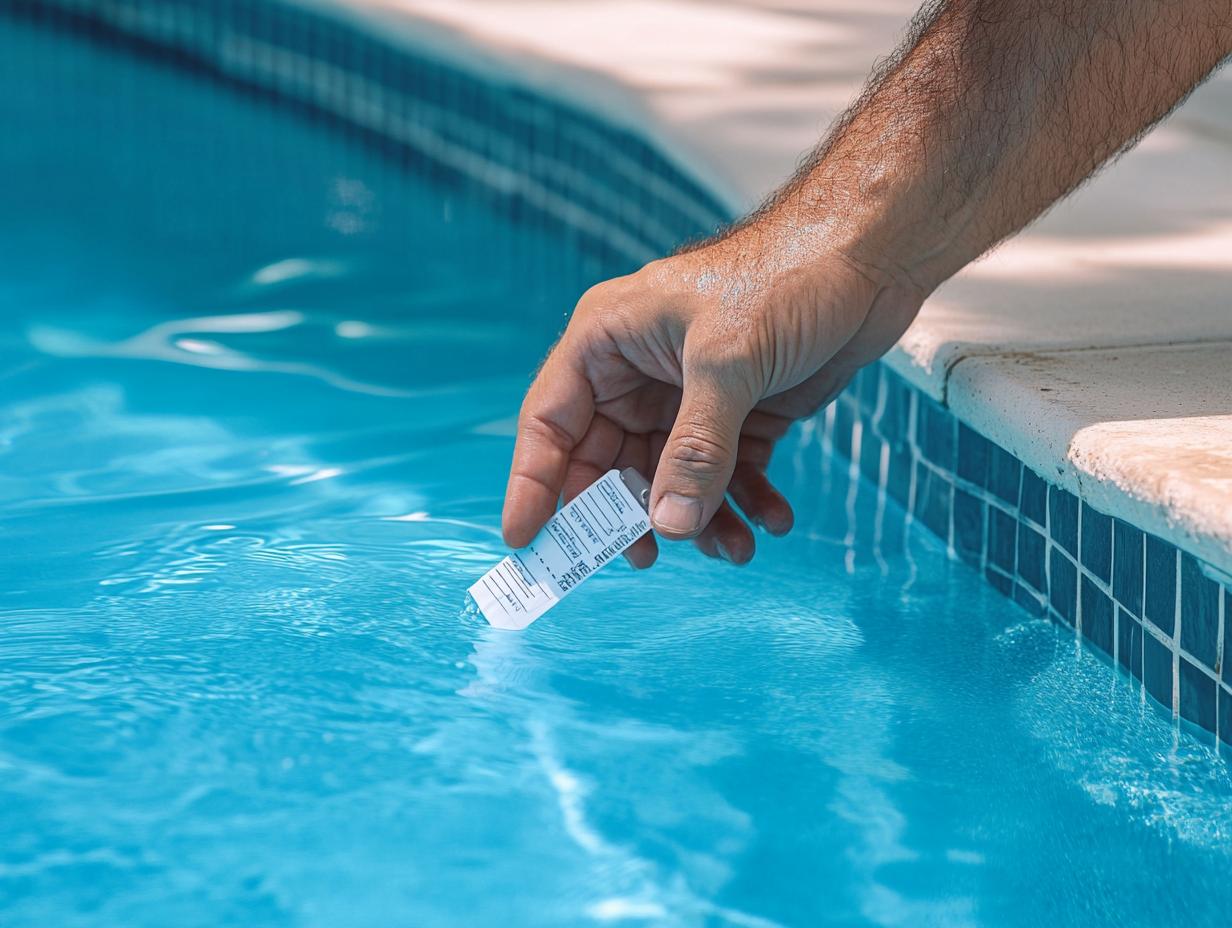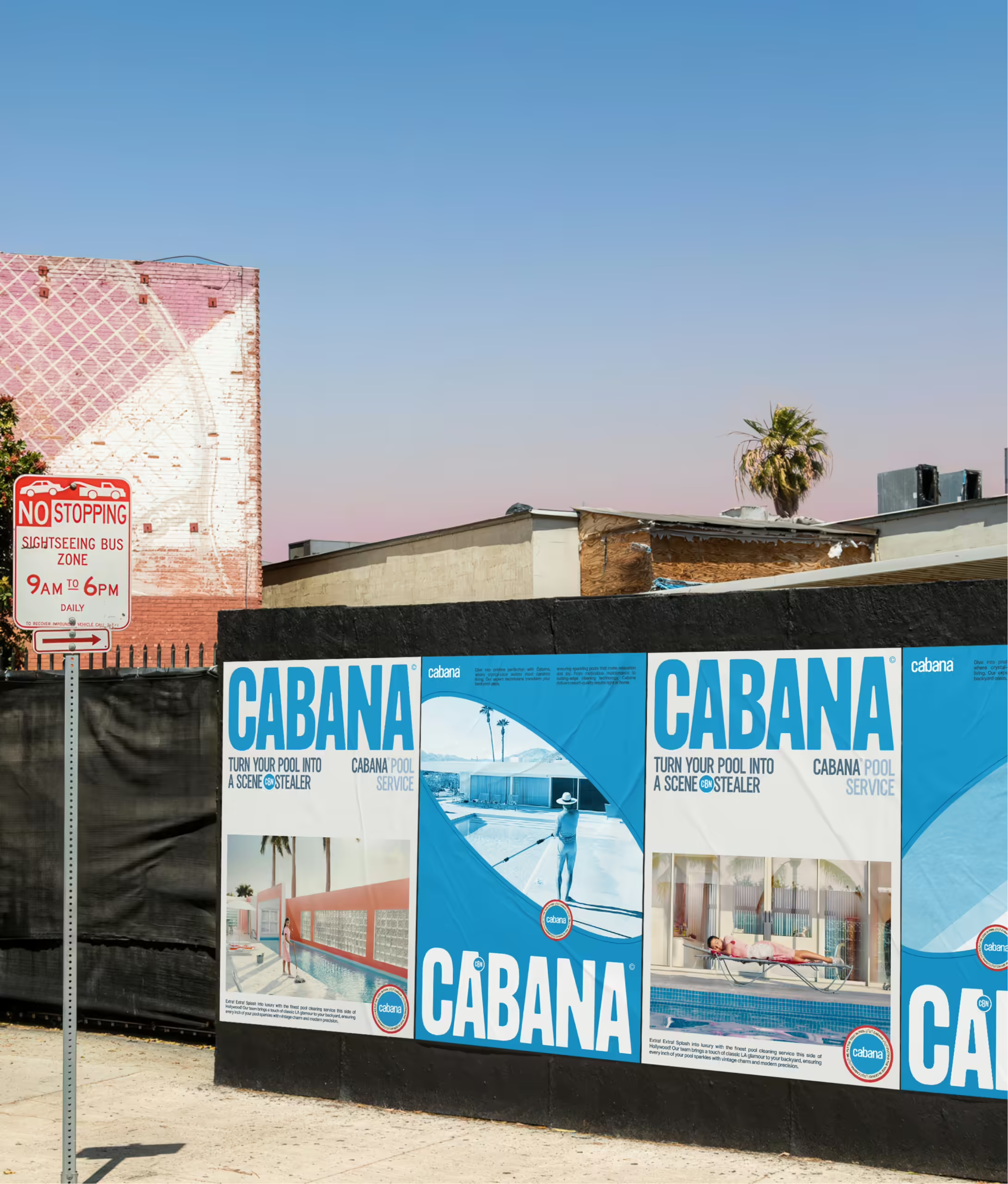Expert Pool Pump Installation
Get the ideal pool pump for your pool plus expert installation so you can focus on what matters most – enjoying your pool and the sunshine.
Rated 4.9/5 by 2,200+ customer reviews
Hassle-Free Pool Pump Installation
Your pool pump is the heart of the entire system. However, not just any pump will do. It must be sized correctly for the volume of water in your pool and other factors, or you’ll encounter problems, including shortening your pump’s lifespan.
Cabana’s expert team can handle your pool pump installation while you focus on enjoying that crystal-clear water! Whether you’re installing a brand-new pool or upgrading an aging filter, we can help.
Discover the peace of mind Cabana delivers to our customers.
Smart Pool Pump Technology
The pool pump helps keep your water crystal clear, but it’s also one of the biggest energy users in your home. We can help you find the ideal pump for your needs while ensuring that it uses less electricity and fits your lifestyle.
Smart pool pump technology can:
• Detect water volume
• Adjust pump power to match usage needs
• Reduce electricity usage and costs
• Reduce wear and tear on pump components
Ready to discover how liberating a new pool pump can be? Get in touch to learn more.
From cleaning to repairs to installations, we've got you covered.
What's included with our weekly pool cleaning service?
Check & Balance Pool Chemicals
Say farewell to hassle as we balance your pool chemicals for optimum water quality.
Inspect Filter System & Backwash
Clean filters are the secret to an immaculate pool all year long.
Manually Vacuum Pool Surfaces
Nothing can replace a thorough, hand cleaning.
Treat for Algae
Conquer the green with our expert algae treatments.
Clean Skimmer & Pump Baskets
We keep the water flowing freely to help ensure your pool is immaculate.
Empty Catch & Maintain Automatic Pool Vacuum
It’s all about peace of mind that everything’s operating optimally.
Brush Steps & Walls
Regular deep cleaning ensures you have a tranquil oasis.
Skim Water, Clean Leaves, Remove Debris
We leave your pool looking immaculate for worry-free enjoyment.
Detailed Post-Service Report
We detail every step and all our findings so you can make accurate decisions.
What's included with Weekly Pool Service?

Check & Balance Pool Chemicals
Say farewell to hassle as we balance your pool chemicals for optimum water quality.
Inspect Filter System & Backwash
Clean filters are the secret to an immaculate pool all year long.
Manually Vacuum Pool Surfaces
Nothing can replace a thorough, hand cleaning.
Treat for Algae
Conquer the green with our expert algae treatments.Clean Skimmer & Pump Baskets
We keep the water flowing freely to help ensure your pool is immaculate.Empty Catch & Maintain Automatic Pool Vacuum
It’s all about peace of mind that everything’s operating optimally.Brush Steps & Walls
Regular deep cleaning ensures you have a tranquil oasis.Skim Water, Clean Leaves, Remove Debris
We leave your pool looking immaculate for worry-free enjoyment.Detailed Post-Service Report
We detail every step and all our findings so you can make accurate decisions.
Here's how it works.

step 1
Get a quote
View transparent pricing options, service plans, and schedule your service in just 5 minutes or less, all online.
step 2
Specialist visit
A specialist will visit your property to professionally install your pool's new pump. After our visit, you'll get a service summary with personalized tips and suggestions for care.
step 3
Guaranteed results
We are so committed to providing you an awesome experience that if you aren't completely satisfied, we'll come back and fix it, free of charge. *
Our Professional Pool Pump Installation Process
Professional pool pump installation means carefree living and making waves whenever you want. Our process is tailored to your needs and lifestyle. It all begins with an initial assessment of your pool’s capacity, layout/configuration, and design. Based on that, our expert technicians will make informed recommendations so you can choose the ideal pump.
Next, we’ll handle any site prep that might be needed so the pump can be installed quickly and accurately. That may include pouring concrete, installing electrical conduit, and/or putting in new plumbing.
Installation is usually very fast, and we’ll keep you in the loop throughout the process.
Finally, we test the system to ensure that it works properly and there are no leaks. We’ll verify any smart features and then let you get back to living your best life.
Why Choose Cabana?
Why work with us for your professional pool pump installation?
• Accurate, custom pump recommendations
• Accurate, custom pump recommendations
• Professional guidance to ensure an accurate choice
• Personalized installation and testing
• Top brands for reliability and hassle-free ownership

Your neighbors say it best.



5,000+
Satisfied Customers
Let's get back to swimming.
Give us a call.
Talk with an expert and get a free quote.
Sun – Sat : 8:00 AM – 5:00 PM PST
Get online quote.
Get a fast, free online quote in just 5 minutes.
Need support?
Get your questions answered and connect with one of our experts in just seconds.
Popular Locations
Los Angeles, CAMalibu, CAVenice, CAPacific Palisades, CACulver City, CASherman Oaks, CAChatsworth, CABeverly Hills, CAHidden Hills, CABrentwood, CACalabasas, CAEncino, CAWoodland Hills, CAWestlake Village, CASanta Monica, CAPasadena, CAGlendale, CARolling Hills Estates, CAArcadia, CALa Canada Flintridge, CAWest Hills, CABel Air, CAHollywood Hills, CAManhattan Beach, CAWest Hollywood, CAPalos Verdes Estates, CARancho Palos Verdes, CALong Beach, CARedondo Beach, CAAgoura Hills, CABurbank, CAMar Vista, CAEl Segundo, CAPlaya Vista, CAPlaya Del Rey, CAMarina Del Rey, CASilver Lake, CAStudio City, CAInglewood, CATorrance, CA